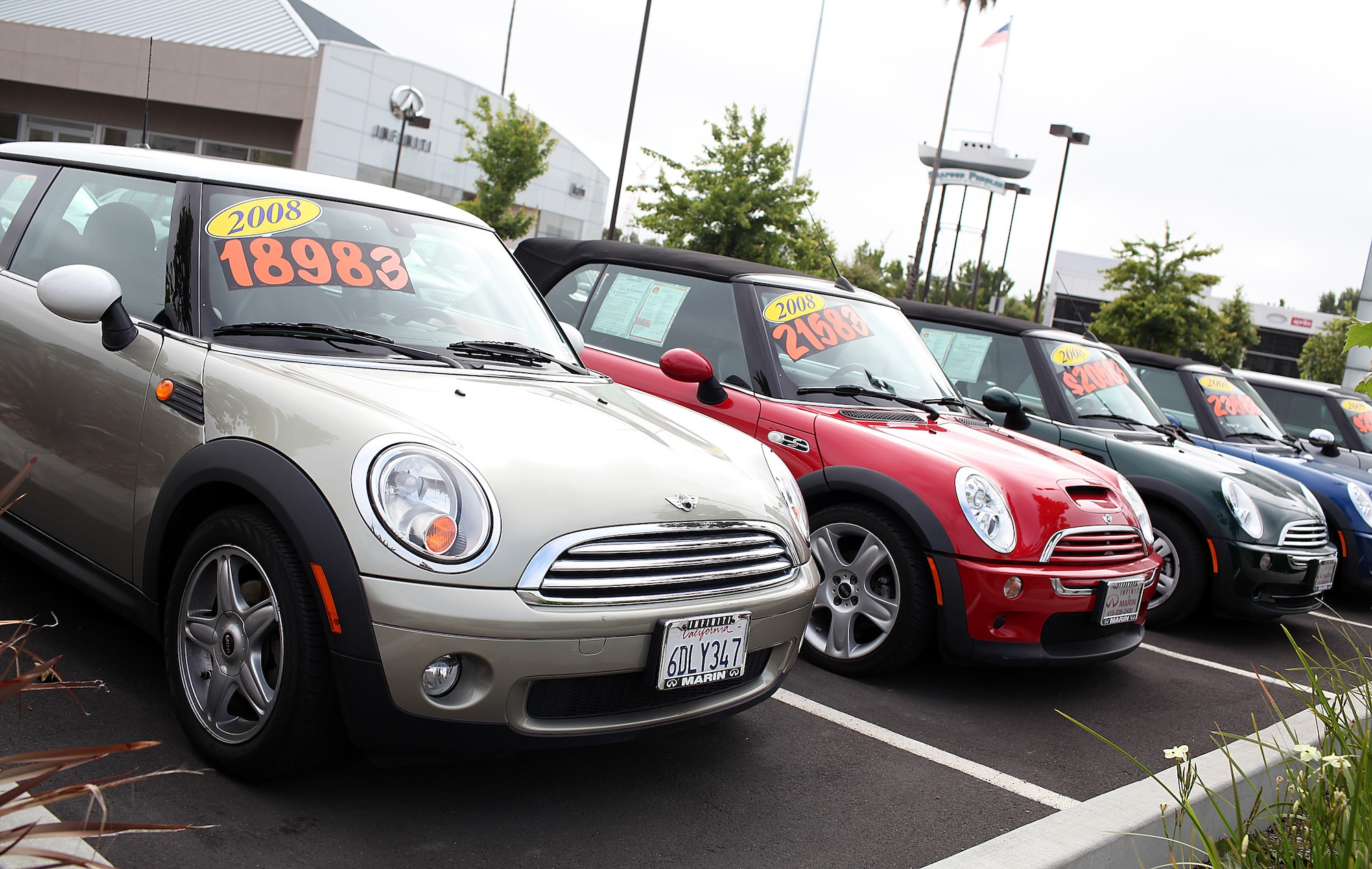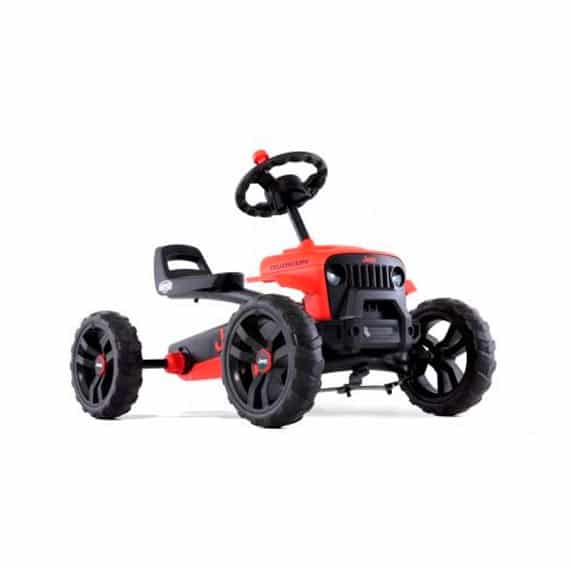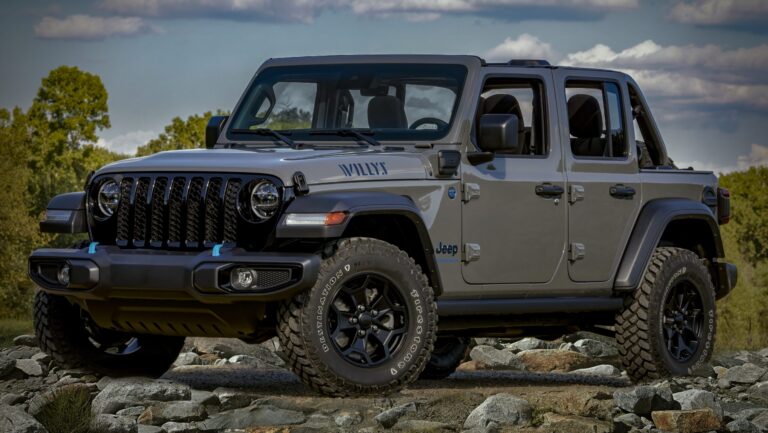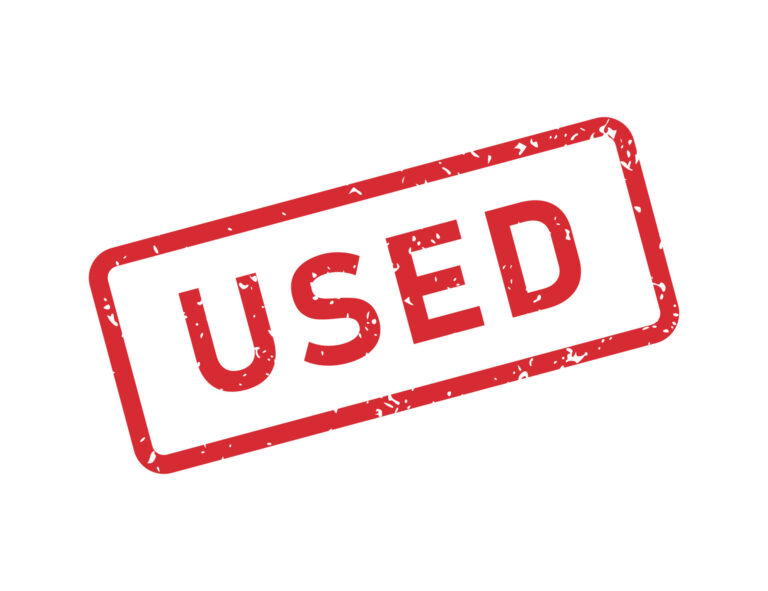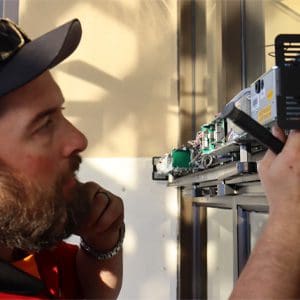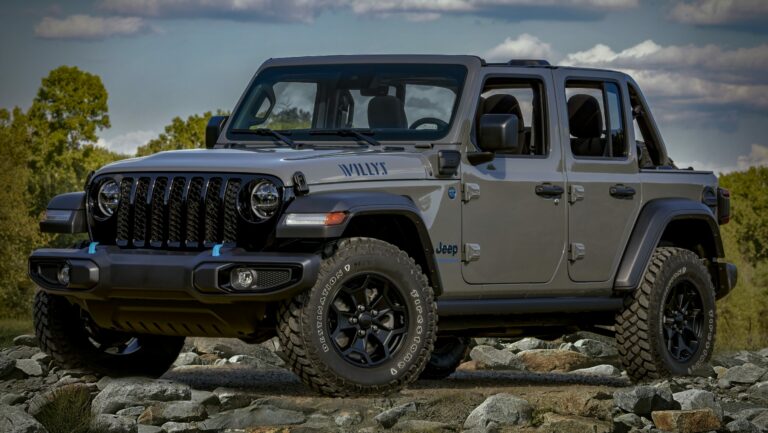Used 2001 Jeep Wrangler For Sale: Your Ultimate Buyer’s Guide
Used 2001 Jeep Wrangler For Sale: Your Ultimate Buyer’s Guide jeeps.truckstrend.com
The allure of a Jeep Wrangler is undeniable. It represents freedom, adventure, and a connection to the open road – or, more accurately, the open trail. Among the various generations, the 2001 Jeep Wrangler, part of the beloved TJ series (1997-2006), holds a special place in the hearts of off-road enthusiasts and casual drivers alike. When you see "Used 2001 Jeep Wrangler For Sale," it’s more than just a vehicle; it’s an invitation to a lifestyle.
This comprehensive guide is designed to equip you with all the knowledge needed to confidently navigate the market for a used 2001 Jeep Wrangler. We’ll delve into what makes this specific model year so appealing, what to look for, common challenges, and practical advice to ensure you drive away with a vehicle that truly fits your adventurous spirit.
Used 2001 Jeep Wrangler For Sale: Your Ultimate Buyer’s Guide
Why the 2001 Jeep Wrangler (TJ Generation) Stands Out
The TJ generation of the Jeep Wrangler is widely regarded as one of the best iterations, blending the classic, iconic look of its predecessors with modern comforts and improved on-road manners. The 2001 model year, specifically, benefits from a well-established production run, meaning most of the initial kinks had been worked out, resulting in a robust and reliable vehicle.
Key features that make the 2001 TJ a sought-after choice include:
- Coil Spring Suspension: A significant upgrade from the YJ’s leaf springs, the TJ’s coil springs provided a much smoother ride on pavement while maintaining excellent articulation for off-road performance.
- Legendary 4.0L Inline-Six Engine (AMC 4.0L): This engine is a cornerstone of Jeep’s reputation for durability. Known for its torque, reliability, and ease of maintenance, it’s a workhorse that can endure hundreds of thousands of miles with proper care.
- Solid Axles: Retaining the traditional solid front and rear axles (Dana 30 front, Dana 35 or optional Dana 44 rear), the 2001 TJ offers the robust construction essential for serious off-roading.
- Classic Jeep Aesthetic: With its round headlights, exposed hinges, and upright grille, the 2001 TJ embodies the timeless Wrangler design that harks back to its military heritage.
- Open-Air Freedom: The removable doors, fold-down windshield, and various soft top and hardtop options offer an unparalleled open-air driving experience, making every journey an adventure.
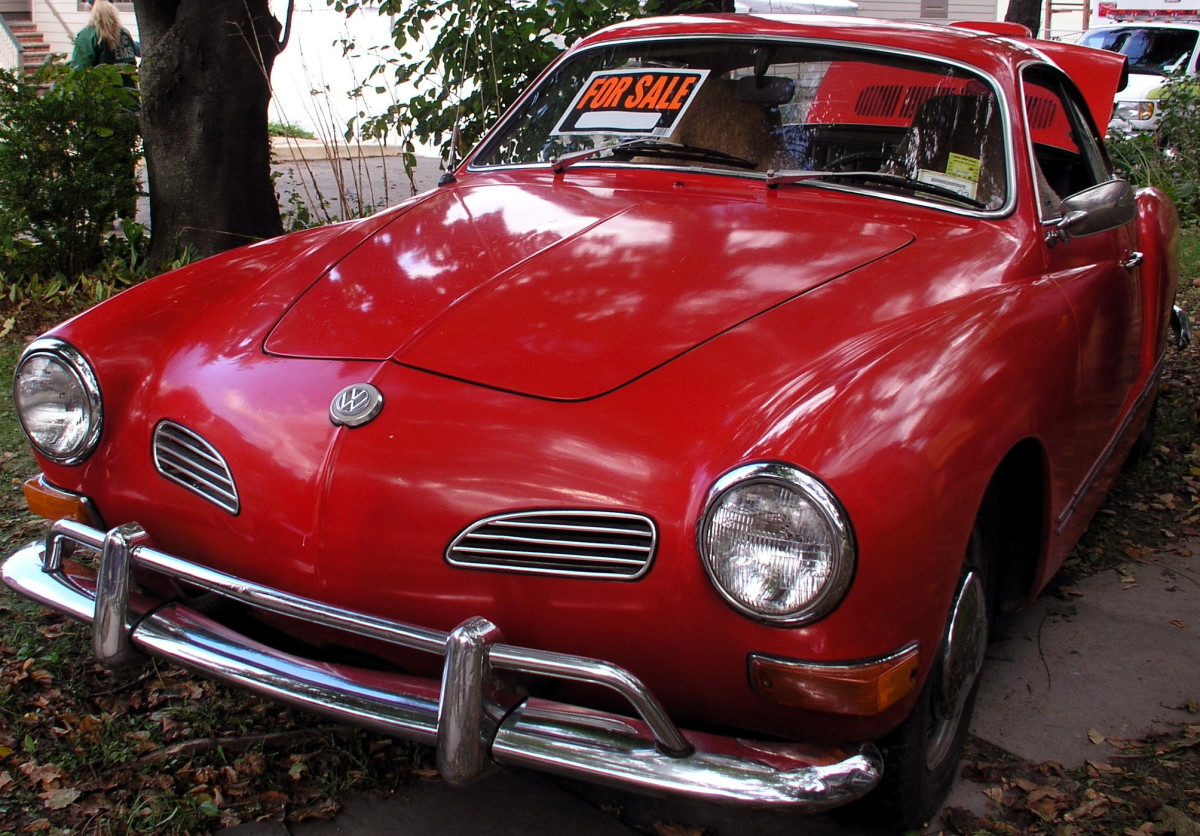
These attributes combine to create a vehicle that is not only highly capable off-road but also surprisingly livable as a daily driver, making a used 2001 Jeep Wrangler an excellent value proposition.
Understanding the 2001 Jeep Wrangler Trims and Specifications
When searching for a used 2001 Jeep Wrangler, you’ll encounter a few distinct trim levels, each offering a different set of features and capabilities.

- Jeep Wrangler SE: This was the base model, typically equipped with the 2.5L 4-cylinder engine. While less powerful than the 4.0L, it’s still capable and offers better fuel economy. It’s a good choice for those who prioritize economy or plan extensive engine swaps.
- Jeep Wrangler Sport: The most popular trim, the Sport usually came with the robust 4.0L inline-six engine. It offered a good balance of features and capability, making it highly versatile for both daily driving and off-road excursions. Many Sports came with optional features like air conditioning, cruise control, and the highly desirable Dana 44 rear axle.
- Jeep Wrangler Sahara: The top-tier trim in 2001, the Sahara came standard with the 4.0L engine and offered more creature comforts and cosmetic enhancements. These often included upgraded seats, fender flares matching the body color, fog lights, and sometimes the Selec-Trac full-time 4WD transfer case.
- Jeep Wrangler 60th Anniversary Edition: A limited production model for 2001, this edition featured unique badging, special wheels, two-tone interior, and specific exterior colors. It’s essentially a Sport or Sahara with cosmetic upgrades, making it a collector’s item for some.

Common Powertrain Options for 2001:
- Engines:
- 2.5L AMC I4 (120 hp, 140 lb-ft torque) – Standard on SE.
- 4.0L AMC I6 (190 hp, 235 lb-ft torque) – Standard on Sport, Sahara, 60th Anniversary.
- Transmissions:
- 5-speed manual (NV3550 for 4.0L, AX-5 for 2.5L)
- 3-speed automatic (32RH)
- Transfer Cases:
- Command-Trac NV231 (part-time 4WD, standard on most)
- Selec-Trac NV242 (full-time 4WD, optional on some Sport/Sahara)
- Axles:
- Front: Dana 30 (standard on all trims)
- Rear: Dana 35 (standard on most), Dana 44 (optional on Sport/Sahara, highly desirable for strength).
Knowing these specifications will help you identify the right 2001 Wrangler that aligns with your intended use and budget.
The Enduring Benefits of Owning a Used 2001 TJ
Beyond its technical specifications, owning a 2001 Jeep Wrangler offers a unique set of advantages:
- Unrivaled Off-Road Capability: The TJ’s short wheelbase, excellent ground clearance, and robust 4WD system make it incredibly capable on trails, rocks, and mud.
- Robust and Reliable: The 4.0L engine is renowned for its longevity. With basic maintenance, these Jeeps can easily surpass 200,000 miles.
- Customization Heaven: The aftermarket support for TJ Wranglers is immense. From lift kits and larger tires to heavy-duty bumpers and winches, you can truly build your Jeep to your exact specifications.
- Strong Resale Value: Jeeps, especially the TJ generation, hold their value exceptionally well. This means your investment is likely to retain a significant portion of its purchase price if well-maintained.
- Simple to Work On: Compared to modern vehicles, the 2001 TJ is relatively straightforward, making it an excellent platform for DIY mechanics and those who enjoy working on their own vehicles.
- Iconic and Timeless Design: The TJ’s classic good looks ensure it never goes out of style, turning heads wherever it goes.
- Vibrant Community: Owning a Jeep connects you to a passionate and supportive community of fellow enthusiasts who are always ready to offer advice, share trail experiences, or just wave as you pass by.
What to Look For: A Comprehensive Pre-Purchase Inspection Guide
Buying a used vehicle, especially one over two decades old, requires a thorough inspection. For a 2001 Jeep Wrangler, specific areas demand extra attention.
-
Rust, Rust, Rust: This is the number one enemy of the TJ.
- Frame: Inspect the frame thoroughly, especially around the control arm mounts (upper and lower), skid plate mounting points, and behind the front wheels where mud tends to collect. Look for perforations, flaking, or excessive pitting. A solid frame is paramount.
- Body: Check the floorboards (especially under the carpets), rocker panels, fender wells, and around the cowl (where the windshield meets the hood).
- Suspension Components: Inspect coil spring perches, shock mounts, and control arms for signs of severe rust.
-
Engine (4.0L I6):
- Leaks: Check for oil leaks (common areas: valve cover, oil pan, rear main seal – though a minor rear main seal weep is often tolerated).
- Sounds: Listen for excessive ticking (often lifters, sometimes exhaust manifold cracks), knocking, or misfires.
- Fluids: Check oil, coolant, and power steering fluid levels and condition.
- Check Engine Light: Ensure it’s not illuminated after starting the engine.
-
Transmission and Transfer Case:
- Manual: Test all gears, listen for grinding, ensure smooth engagement. Check clutch feel.
- Automatic: Shifts should be smooth, without harsh jerks or slipping.
- 4WD System: Engage 4-High and 4-Low. Drive a short distance in a straight line (on a loose surface if possible, to avoid binding). Ensure the transfer case engages and disengages properly.
-
Suspension and Steering:
- "Death Wobble": This notorious TJ issue involves violent steering wheel oscillation at certain speeds. Look for signs of worn track bar, tie rod ends, ball joints, or control arm bushings.
- Shocks and Springs: Check for leaks on shocks and sagging springs.
- Steering Linkage: Inspect all tie rod ends, drag link, and track bar for play.
-
Brakes:
- Check for pulsing during braking (warped rotors).
- Look for fluid leaks around calipers and brake lines.
- Ensure the parking brake holds firmly.
-
Electrical System:
- Test all lights (headlights, tail lights, turn signals, brake lights), horn, wipers, power windows (if equipped), radio, and HVAC system.
- Ensure all gauges work correctly.
-
Interior and Exterior:
- Soft Top/Hard Top: Inspect for rips, tears, faded plastic windows, and proper sealing. Zippers on soft tops are prone to failure.
- Seats/Carpets: Look for excessive wear, tears, or water damage.
- Aftermarket Modifications: Be wary of poorly installed lift kits, oversized tires that rub, or shoddy electrical work. High-quality mods can be a plus, but poor ones are a red flag.
-
Vehicle History Report (CarFax/AutoCheck):
- Crucial for uncovering accident history, flood damage, salvage titles, mileage discrepancies, and past ownership. This is non-negotiable.
Buying Tips and Negotiation Strategies
- Set a Realistic Budget: Beyond the purchase price, factor in potential immediate repairs, insurance, registration, and any desired modifications.
- Private Seller vs. Dealership:
- Private Seller: Often lower prices, more direct negotiation, but "as-is" sale. You’ll need to be more diligent with inspection.
- Dealership: Higher prices, potential for financing, some limited warranty (rare for older vehicles), but markups are common.
- Test Drive Thoroughly: Drive on various surfaces if possible. Accelerate, brake, turn, and listen for any unusual noises. Test 4WD.
- Get a Professional Pre-Purchase Inspection (PPI): Even if you’re mechanically inclined, having an independent mechanic (preferably one familiar with Jeeps) inspect the vehicle can save you from costly surprises. This is the best money you’ll spend.
- Negotiation:
- Research market values for comparable 2001 Wranglers in your area.
- Be prepared to walk away if the price isn’t right or if there are too many red flags.
- Use any discovered flaws (even minor ones) as leverage for negotiation.
Common Challenges and Solutions
While the 2001 TJ is robust, it’s not without its quirks and common issues, especially given its age.
- Rust: As discussed, this is the biggest concern. Solutions range from extensive frame repair/replacement (expensive) to preventative measures like undercoating and regular washing, especially in areas using road salt.
- "Death Wobble": This is fixable! It’s usually caused by worn steering components (track bar, tie rod ends, ball joints, control arm bushings). Replacing these parts, often with upgraded aftermarket components, resolves the issue.
- Leaky Soft Tops: Over time, soft tops degrade. Solutions include patching minor holes with repair kits, sealing seams, or replacing the entire soft top, which is a common and relatively easy upgrade.
- Rear Main Seal Leak: A common oil leak on the 4.0L engine. It’s not usually catastrophic but can be messy and costly to fix as it requires dropping the transmission. Many owners live with a minor weep.
- Exhaust Manifold Cracks: The 4.0L is prone to cracking exhaust manifolds, leading to a ticking sound, especially when cold. Aftermarket headers are a common and effective fix.
Despite these challenges, parts for the TJ are abundant and relatively inexpensive, making repairs and maintenance manageable for most owners.
Used 2001 Jeep Wrangler Estimated Price Table
Prices for a used 2001 Jeep Wrangler can vary significantly based on location, mileage, condition, trim level, and modifications. This table provides a general estimate.
| Trim Level | Condition: Poor (High Mileage, Needs Work) | Condition: Fair (Average Mileage, Minor Issues) | Condition: Good (Lower Mileage, Well Maintained) | Condition: Excellent (Low Mileage, Pristine) |
|---|---|---|---|---|
| SE (2.5L) | $3,000 – $5,000 | $5,500 – $8,000 | $8,500 – $11,000 | $11,500+ |
| Sport (4.0L) | $4,000 – $6,500 | $7,000 – $10,000 | $10,500 – $14,000 | $14,500+ |
| Sahara (4.0L) | $4,500 – $7,000 | $7,500 – $11,000 | $11,500 – $15,000 | $15,500+ |
| 60th Anniv. | $5,000 – $8,000 | $8,500 – $12,000 | $12,500 – $16,000 | $16,500+ |
Note: These are estimates. Vehicles with significant aftermarket modifications (e.g., high-quality lift, upgraded axles) or specific rare features (e.g., factory Dana 44 rear axle) can command higher prices. Conversely, severe rust or major mechanical issues will significantly lower the value.
Frequently Asked Questions (FAQ)
Q: Is the 2001 Jeep Wrangler a good daily driver?
A: It can be, especially with the 4.0L engine. While it lacks the refinement of modern SUVs, its compact size, maneuverability, and classic charm make it enjoyable. Be prepared for a firmer ride, more road noise, and less fuel efficiency than a typical sedan.
Q: What’s the best engine for the 2001 Wrangler?
A: The 4.0L inline-six (I6) is overwhelmingly preferred. It offers superior power, torque, and legendary reliability compared to the 2.5L 4-cylinder, especially if you plan on off-roading or running larger tires.
Q: How much does it cost to insure a 2001 Wrangler?
A: Insurance costs vary widely based on your location, driving record, and chosen coverage. Generally, older vehicles can be cheaper to insure for liability, but comprehensive coverage might still be significant due to the vehicle’s repair costs and parts availability. Get multiple quotes.
Q: Are parts hard to find for a 2001 Wrangler?
A: Absolutely not. The TJ generation is incredibly popular, and the aftermarket is robust. You’ll find a massive selection of OEM, aftermarket, and used parts readily available online and at local auto parts stores.
Q: What is "death wobble" and how do I fix it?
A: Death wobble is a violent, uncontrolled shaking of the steering wheel and front end, usually occurring at highway speeds after hitting a bump. It’s caused by worn or loose steering and suspension components (track bar, tie rod ends, ball joints, control arm bushings). The fix involves diagnosing and replacing the worn parts.
Q: What’s the difference between the TJ and newer Wrangler generations (JK/JL)?
A: The TJ (1997-2006) is smaller, lighter, and has a more direct, analog feel. It retains the classic round headlights and coil springs. The JK (2007-2017) is larger, wider, and offers more interior space and modern features. The JL (2018-present) is the current generation, further refined with more technology, comfort, and engine options, but maintains the iconic Wrangler look.
Conclusion
A used 2001 Jeep Wrangler for sale isn’t just a transaction; it’s an investment in a lifestyle. This iconic vehicle offers a unique blend of rugged capability, timeless design, and an unparalleled sense of freedom. While purchasing an older vehicle requires diligence, the rewards of owning a well-maintained TJ are immense. By understanding its strengths, knowing what to look for during inspection, and being prepared for common challenges, you can confidently find a 2001 Wrangler that will serve you faithfully on countless adventures for years to come. Embrace the journey – both on and off the road.
